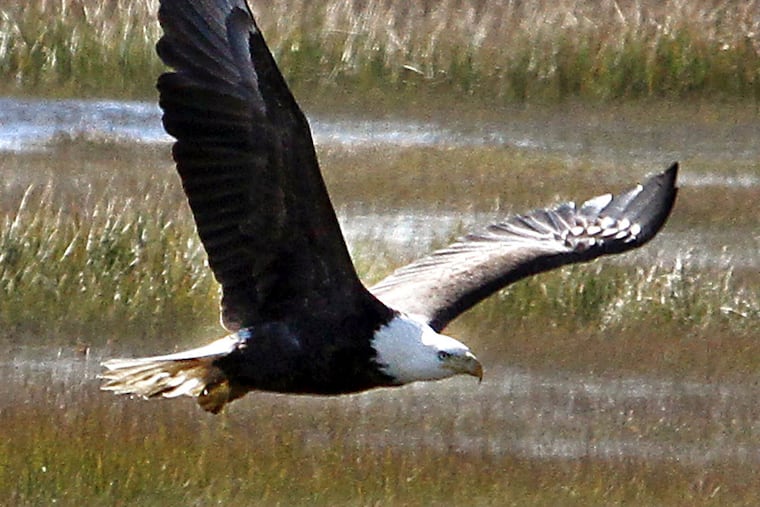The bald eagle and osprey no longer in danger in New Jersey
Once dwindling due to insecticide use and other environmental harms, the birds have made a significant come-back.

Once dwindling due to insecticide use and other environmental harms, the birds have made a significant come-back.
